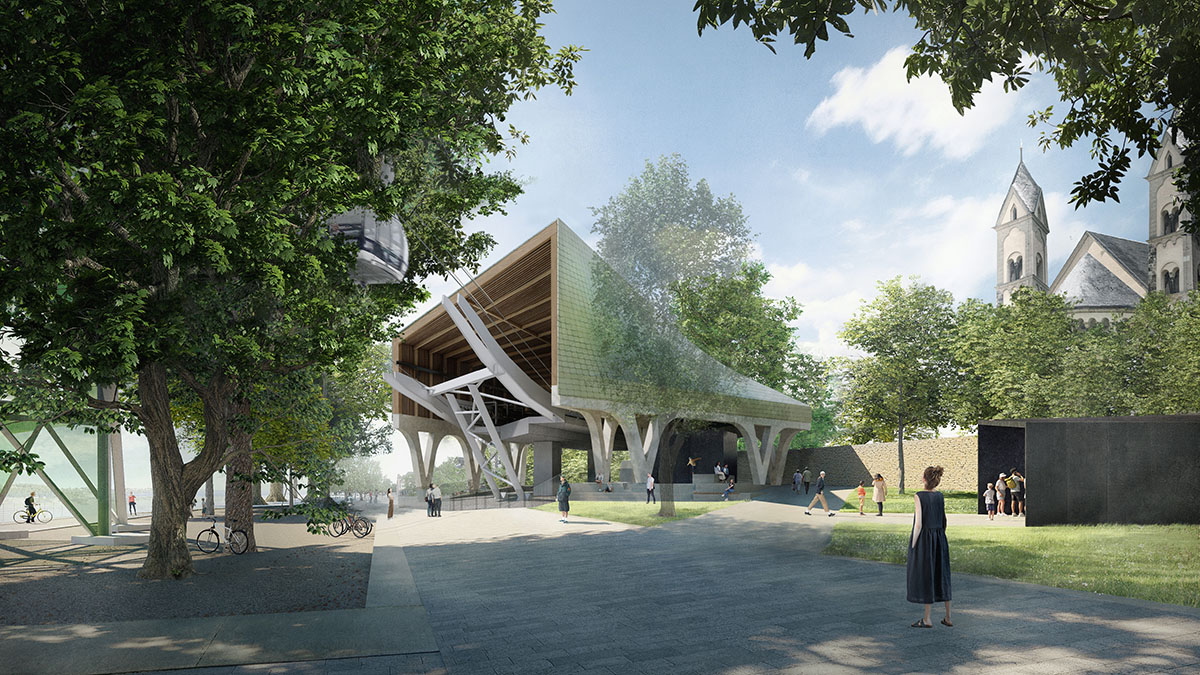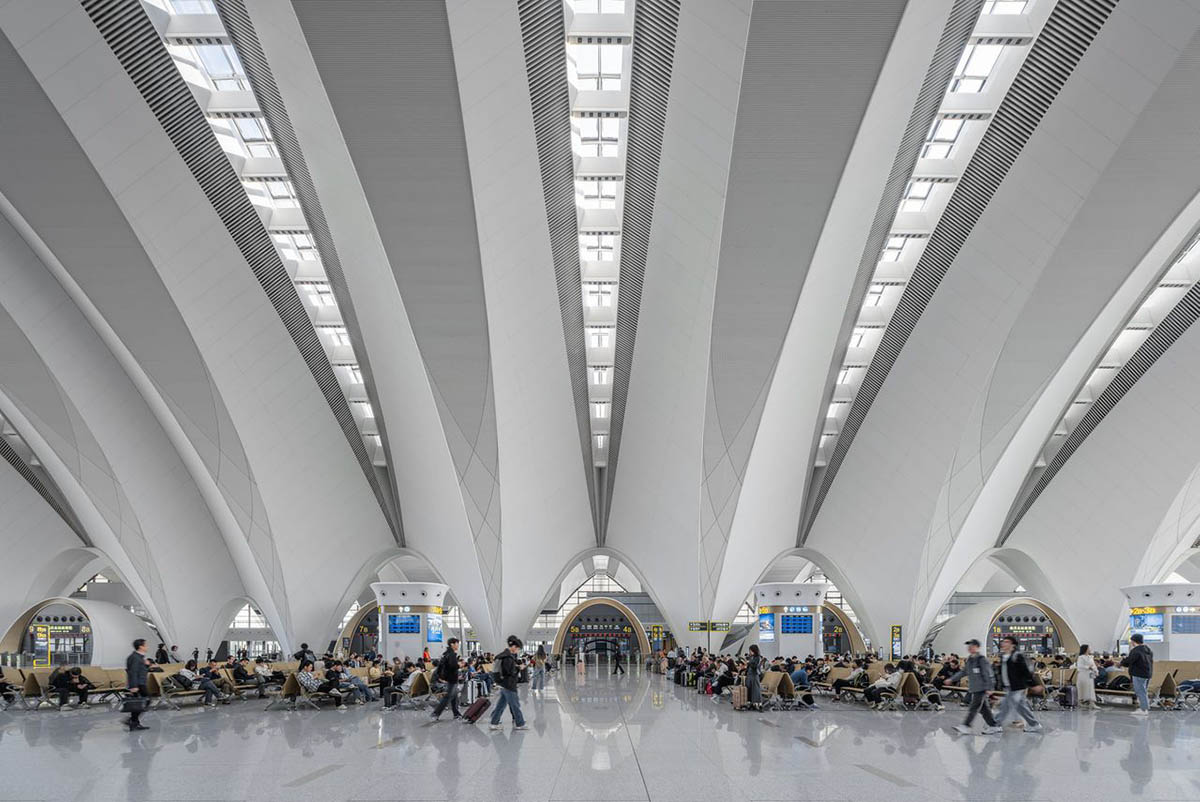
WWW.TECHNOLOGYREVIEW.COM
The Download: Clears identity ambitions, and the climate blame game
This is today's edition ofThe Download,our weekday newsletter that provides a daily dose of what's going on in the world of technology. Inside Clears ambitions to manage your identity beyond the airport Clear Secure is the most visible biometric identity company in the United States. Best known for its line-jumping service in airports, its also popping up at sports arenas and stadiums all over the country. You can also use its identity verification platform to rent tools at Home Depot, put your profile in front of recruiters on LinkedIn, and, as of this month, verify your identity as a rider on Uber. And soon enough, if Clear has its way, it may also be in your favorite retailer, bank, and even doctors officeor anywhere else that you currently have to pull out a wallet (or wait in line). While the company has been building toward this sweeping vision for years, it now seems its time has finally come. But as biometrics go mainstream, whatand whobears the cost? Read the full story. Eileen Guo LinkedIn Live: Facial verification tech promises a frictionless future. But at what cost? Do you use your face to unlock your phone, or speed through airport security? As biometrics companies move into more and more spaces, where else would you use this technology? The trade off seems simple: you scan your face, you get a frictionless future. But is it really? Join MIT Technology Reviews features and investigations team for a LinkedIn Live this Thursday, November 21, about the rise of facial verification tech and what it means to give up your face. Register for free. Whos to blame for climate change? Its surprisingly complicated. Once again, global greenhouse-gas emissions are projected to hit a new high in 2024. In this time of shifting political landscapes and ongoing international negotiations, many are quick to blame one country or another for an outsize role in causing climate change. But assigning responsibility is complicated. These three visualizations help explain why. Casey Crownhart Cyber Week Sale: subscriptions are half price! Take advantage of epic savings on award-winning reporting, razor-sharp analysis, and expert insights on your favorite technology topics. Subscribe today to save 50% on an annual subscription, plus receive a free digital copy of our Generative AI and the future of work report. Dont miss out. The must-reads Ive combed the internet to find you todays most fun/important/scary/fascinating stories about technology. 1 AI can now translate your voice in real-time during meetings Its part of Microsofts drive to push more AI into its products, but how well it works in the wild remains to be seen. (WP$)+Apple is having less success on that front, at least if its AI notification summaries are anything to go by.(The Atlantic$)2 Anyone can buy data tracking US soldiers in Germany And the Pentagon is powerless to stop it.(Wired$)+Its shockingly easy to buy sensitive data about US military personnel.(MIT Technology Review)3 Bluesky now has over 20 million usersIts user base has tripled in the last three months. (Engadget)+Truth Social, on the other hand, is not doing quite so well.(WP$)+The rise of Bluesky, and the splintering of social.(MIT Technology Review)4 How Google created a culture of concealmentIts been preparing for antitrust action for over a decade, enforcing a policy where employees delete messages by default. (NYT$)+The company reacted angrily to reports it may be forced to sell Chrome. (BBC)5 Project 2025 is already infiltrating the Trump administrationDespite repeated denials, its clearly a blueprint for his next term. (Vox)+A hacker reportedly gained access to damaging testimonies about Matt Gaetz, his pick to be attorney general.(NYT$)6 Quantum computers hit a major milestone for error-free calculationThis is a crucial part of making them useful for real-world tasks. (New Scientist$)7 Technology is changing political speechSlogans are becoming less effective. Now its more about saying different things to different audiences. (New Yorker$)8 Lab-grown foie gras, anyone?This could be the cultivated meat industrys future: as a luxury product for the few. (Wired$)9 Niantic is using Pokmon Go player data to build an AI navigation system If it works, it could unlock some amazing capabilities in AR, robotics and beyond. (404 Media) 10 Minecraft is expanding into the real world It has struck a $110 million deal with one of the worlds biggest theme park operators. (The Guardian)Quote of the day Nobody believes that these cables were severed by accident. Germanys defense minister Boris Pistorius, tells reporters that the severing of two fiber-optic cables in the Baltic Sea was a deliberate act of sabotage, theNew York Timesreports.The big story Are we alone in the universe? ARIEL DAVIS November 2023 The quest to determine if life is out there has gained greater scientific footing over the past 50 years. Back then, astronomers had yet to spot a single planet outside our solar system. Now we know the galaxy is teeming with a diversity of worlds. Were getting closer than ever before to learning how common living worlds like ours actually are. New tools, including artificial intelligence, could help scientists look past their preconceived notions of what constitutes life.Read the full story. Adam Mann We can still have nice things A place for comfort, fun and distraction to brighten up your day. (Got any ideas? Drop me a line or tweet 'em at me.) + How to not only survive but thriveduring the winter. + Fancy working from somewhere new? Here are some of thebest citiesfor a workcation.+ Want to see David Bowie imitating Mick Jagger?Of course you do.+ Its an old(ish) joke butstill funny.
0 Yorumlar
0 hisse senetleri
167 Views












